Noticing Urges, Thoughts and Effects
When you can start applying mindfulness awareness practices to the behaviors you want to change, you’re on your way to being free. BUT you should know it will need to become a lifelong practice. AND it may not be something you always get right 100% of the time. And that’s OK.
The ‘N’ in the S.A.N.E.R. framework is all about NOTICING your thoughts and what you do without consciously thinking (aka: what you do habitually or subconsciously).
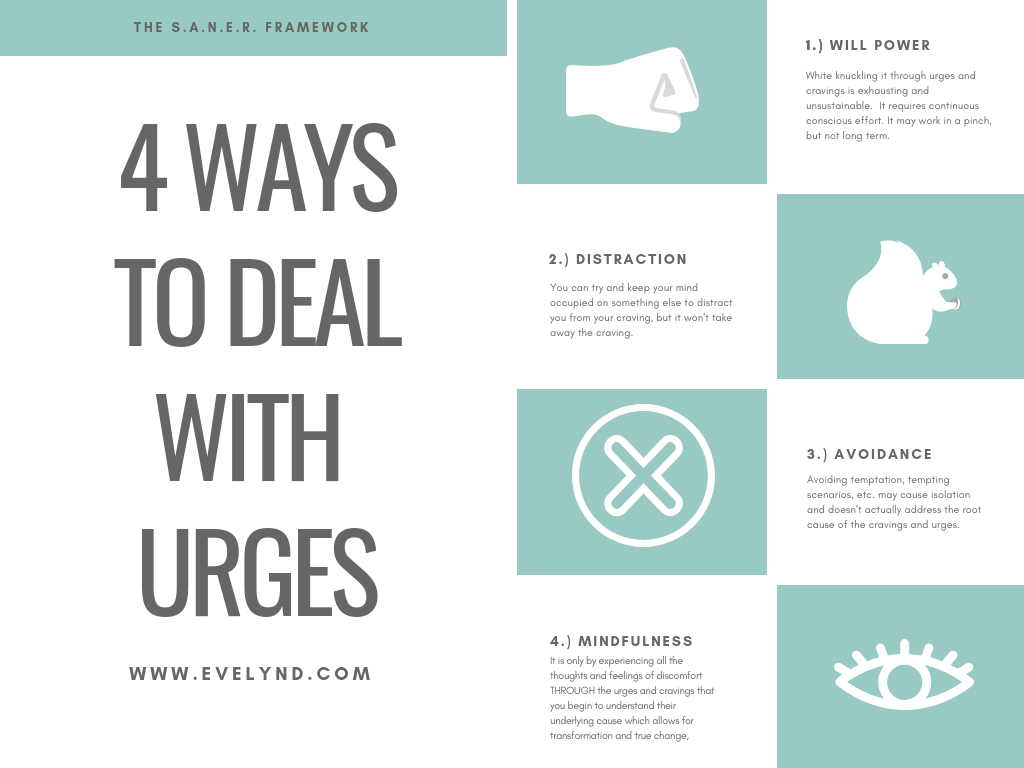
The first part is probably the most difficult because it does require that you interrupt the subconscious pattern as the urge begins – just enough to interject mindful observance without any judgement. I’ve called it “practicing the pause”. I’ve also heard it called “surfing the urge”.
It’s that split second moment between awareness and just mindlessly executing the habit. Sometimes (most times) it’s SO automatic, it’s easily missed. Whether you know it or not, it all starts with a thought.
Here are some that I’ve noticed related to having a glass of wine (see how this could correlate to food or shopping or any other behaviors you’re working on):
- I feel uncomfortable at this gathering/party and I need to have something to take the edge off and relax.
- Everyone expects me to have wine at this gathering, so I’d better meet their expectations. It’ll be too awkward to not or to have to explain if they ask. They may feel bad about their choices, think I have a problem with alcohol or judge me for yet another thing I’m restricting.
- My friends/family members will want to split a bottle of wine when they come over to hang out (see above for similar thoughts that I attach to this).
- I’m having lunch/happy hour/dinner with my friend/family which means we’ll split a bottle of wine (see above).
- We’re tailgating at the game or event, let’s party! (see above)
- It’s Friday at 5pm, time for a glass of wine to relax and kick off the weekend.
- I’m feeling so much tension from this challenging day – a glass of wine will relieve it perfectly. I deserve it. I earned it.
- A glass of wine will be so nice as I prepare this dinner recipe.
- A glass of wine will be so nice as I curl up to watch TV by the fire.
- A nice glass of red will go perfectly with this beef (or fine cheese, or dark chocolate).
- A cold glass of white or rose will be so refreshing on the deck or at the beach on this hot summer day.
Here’s the thing, most of these thoughts are true and there really is nothing wrong them. A fine glass of wine at a restaurant is a genuine pleasure for me. Sharing a good bottle of wine with my bestie, is the best! Relaxing by the fire or on the deck with a glass of wine is pure luxury.
The thoughts I’ve noticed that really bother me are those that indicate that I need to drink to meet other people’s expectations or that I’m using drinking to escape or avoid feeling my negative emotions.
I am challenged by this thought pattern because: I’m a grown ass woman and this can not be true for me at this stage of my life!
As I’ve explored this thought more deeply, I’ve realized that my mind has created these thoughts, so there was a serious disconnect on my end: When it comes to meeting other people’s expectations, I had habitually created a thought or a story that “she/they” will:
- expect me to drink
- feel bad, or dejected if I don’t
- judge me – either by thinking I have a “problem” or that I’m lame, or that I’m on another “kick” that won’t last (with eye rolls)
- not have as much fun/have a bad night if I don’t drink too
And here’s what I notice as I practice NOT drinking:
Sometimes, others do want and expect me to drink. Some even get kinda pissy or mock me if I don’t! (I’m talking to you, Liv!)
I get it.
Of course, they expect me to drink! Other than when I was pregnant and breastfeeding, I ALWAYS have!
But it’s not my job to make them feel OK about their drinking by drinking when I don’t really want or intend to. That’s on them, not me.
Back to my ‘S’ of the SANER framework: Setting my intention:
For me, my intention is not to quit drinking. My intention is also not to make sure everyone is on board with my choices. I don’t need everyone to feel OK with me not drinking in situations where there’s alcohol involved. That’s not in my control anyway.
My intention is to have a mindful, authentic and only pleasurable relationship with alcohol where I don’t mindlessly over drink and suffer the physical/mental/emotional consequences of that behavior.
In this mindfulness “practice” , by practicing the pause, surfing the urge, what have you, I’ve uncovered an emotional pattern I have related to pleasing others.
It’s also steeped in numbing uncomfortable feelings/relieving tension, but that’s actually been quite easy to practice mindfulness with in the comfort of my own home. I’ve realized the tension I sometimes use alcohol to temper is easily relieved without alcohol too. I now practice not using alcohol for that purpose – over and over again.
Social drinking is currently where I’m working on my mindful moderation or occasional abstinence. Saying no or stopping at one or two without feeling like I’m restricting myself and just really observing what thoughts I create about the other person’s expectations has been really empowering and enlightening.
OK to recap: Urges start with your thoughts.
Write them all down and then you can move on to the next part of the ‘N’otice phase which is connecting your thoughts with the actual feelings created in your body.
For me, when I have an urge to drink, I’ll notice a tightening in my jaw and an actual pull inward and forward with my shoulders and chest. It’s quite compelling actually and very consistent.
My body is so used to responding to these physical sensations by reacting out of habit. I was surprised when I began to tune into and notice how these feelings connect with my thoughts and urges – and ultimately my actions. I had never noticed them before.
Again, these feelings are just sensations derived from thoughts that may or may not be true.
Nothing is wrong.
As you practice this ‘Noticing’ with your urges, it will probably feel uncomfortable to NOT respond to them in the way you’re used to habitually doing. But that’s just part of retraining the pattern to one that is more aligned with your deeper intention and higher level desire.
I find that actually moving my body helps tremendously. Feelings are just energy but they can get stuck in our tissues. I’ll place my hands on my neck and chest and shift/massage things around while breathing in slowly and deeply – softening the area and exhaling a release. This is usually enough for me to let the tension go and move on.
In our next step of the framework, we’ll be ‘E’valuating our options in the face of the urge. What happens when you respond to the urge – or not?
If you choose to eat the thing, drink the drink or press the BUY button, this step asks you to be very aware of how you feel, how things taste during and how you feel after – without any judgement, just with curiosity and neutrality.
I notice sometimes when I have a drink, I really appreciate the taste and feel the feelings of freedom, pleasure and release. It feels great!
Other times, I notice a burning in my throat – a ‘meh’, not worth it feeling. Or I feel dull and sleepy.
I continue to practice ‘taking it or leaving it’ – even if it’s just a final sip left in my glass.
When I decide NOT to have a drink, eat the thing or press BUY, I also notice how long the urge stays with me. It’s surprisingly quick to leave (believe it or not). After just a few minutes, the urge is completely gone. If it’s sticking around, it’s likely because I’m resisting it. I’m probably forcing the restriction or white knuckling it instead of moving through the urge by feeling it and allowing it to pass. (See image above.)
Be careful with this – it’s a natural tendency to avoid, distract or resist the thoughts and feelings associated with either the discomfort of feeling the urge or the relief of indulging in the urge. Like I said, you actually want to move THROUGH all those feelings – not AROUND them.
No worries if you use these inferior tools occasionally – you probably will. Just be aware and honest with yourself and what you’re actually doing.
This is big stuff and not easy. It will be uncomfortable, but not unbearable to work through. You won’t be perfect at it. I’m certainly not. It will take awareness, mindfulness and repetition – continuous practice, over and over again to start to shift away from just reacting to your mindless urges.
It will take even more strength and resilience to not just give up – thinking that you’re hopeless. All that “why bother” nonsense that keeps us stuck.
You CAN do this as long as you keep at it.
If I can, you can too. 🙂 Tell me how you’re doing and what you need help with by replying below.
xo,
Ev
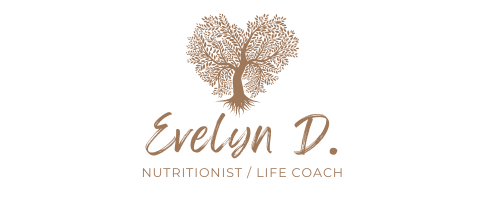
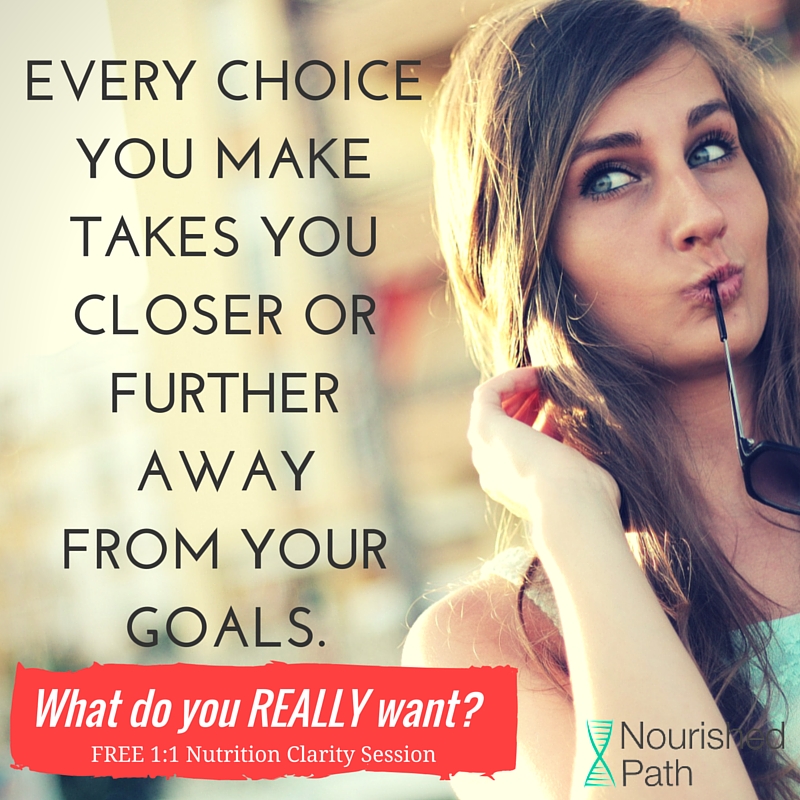
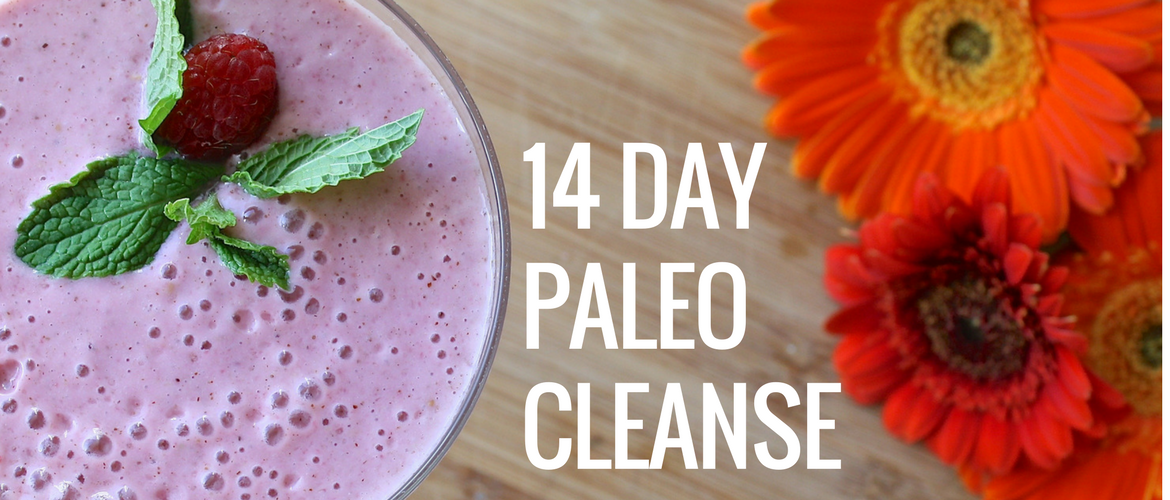
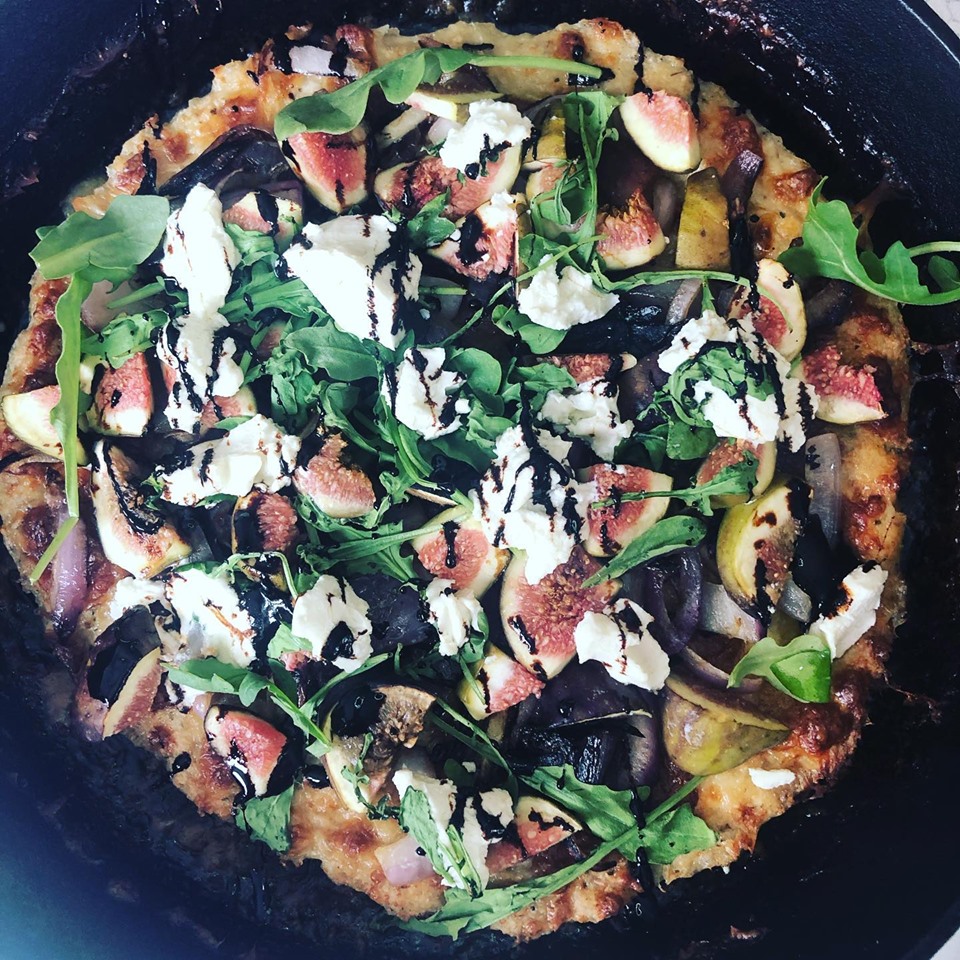
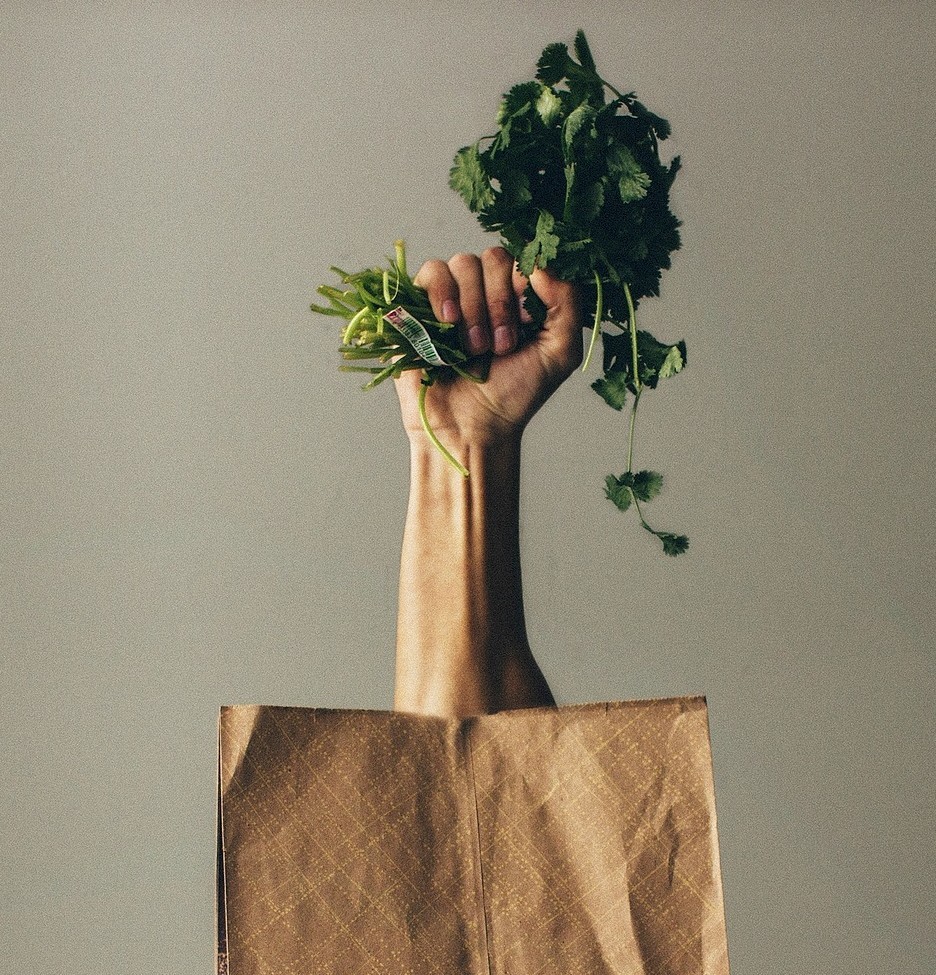
2 thoughts on “Mindfulness Awareness Practices”
I wanted you to know how much I enjoy your blog posts. They’re always relevant and this one, in particular, rings SO true for me. I meet so many women who are actually self medicating with alcohol (and believe me I’ve done it and still do sometimes ). Over the past years, I’ve just tried to be way more concious about why I am drinking. Anyway, thanks for this timely one…with holidays fast approaching!
Thank you so much for taking the time to write, Amber! OMG Yes, the holidays are ripe with opportunity to practice :). It’s finding that balance between indulging for pure pleasure and not pressure. Shifting to the awareness framework really DOES help me feel so much more empowered versus swept away by it all.
xo,
Ev